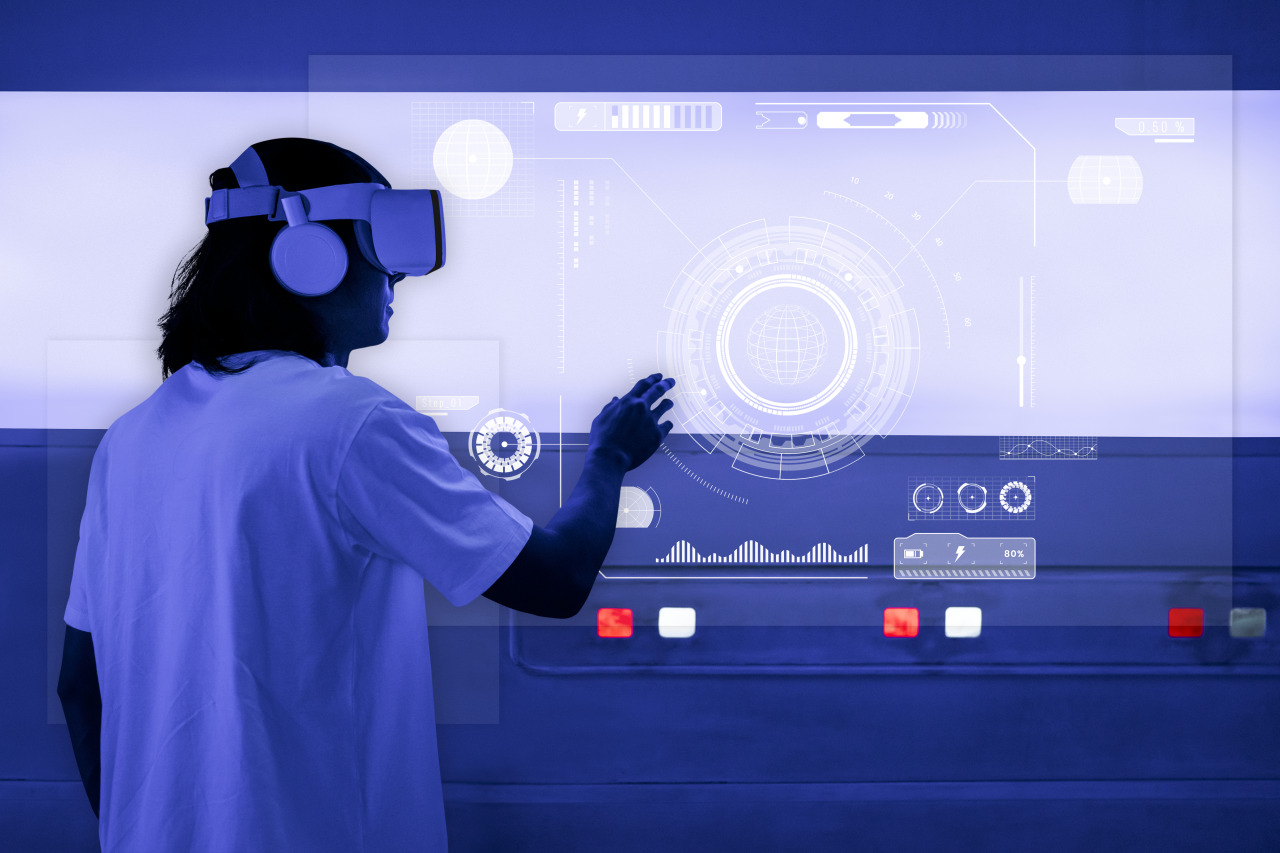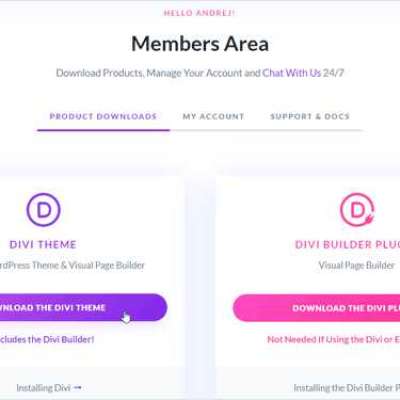Addressing Accessibility in AV Design and Implementation
Introduction
When designing audiovisual (AV) systems for any space, it is crucial that accessibility is a key consideration from the very beginning. An accessible AV system ensures that all users can experience and engage with presentations, events, and technology regardless of ability. In this blog post, we will discuss the importance of accessibility in AV and provide best practices for designing and implementing systems that are inclusive for everyone.
Understanding Accessibility Regulations and Guidelines
The first step is understanding existing accessibility regulations and guidelines to ensure your AV systems are compliant. In many countries and jurisdictions, there are laws in place mandating accessibility for public spaces and events. For example, in the United States the Americans with Disabilities Act (ADA) provides protections and accessibility guidelines that must be followed. On an international level, the Web Content Accessibility Guidelines (WCAG) published by the World Wide Web Consortium (W3C) outline best practices for web content and digital media.
Familiarizing yourself with the relevant regulations for your location and scope of work is critical. Key areas that accessibility guidelines address for AV include:
Captioning for video and audio content
Audio description for visual elements
Alternate text descriptions for images, diagrams, etc.
Controls and interfaces that can be operated by all
Considerations for low-vision, blind, deaf or hard of hearing users
Having a solid understanding of legal obligations and best practices upfront allows you to design AV systems with built-in accessibility from the start.
Conducting Accessibility Audits
During the design phase, plan to conduct accessibility audits of your AV plans and prototypes. This involves methodically testing elements through the lens of different disabilities, challenges, and assistive technologies. For example:
Test captioning is accurate and synchronized
Ensure controls can be operated without sight using only a keyboard
Confirm audio mixes support audio description
Check color contrasts and readability for low vision
Get feedback from disability advocacy groups
Accessibility audits uncover issues that may prevent equal access and experience. Addressing problems early helps ensure your AV system design is as inclusive as possible before implementation.
Involving Stakeholders
It is also important that your accessibility efforts involve input and feedback from stakeholders with disabilities. During the design process, conduct interviews and focus groups. Ask how they typically experience AV content and technology, and what barriers currently exist. Their valuable insight can identify accessibility gaps and potential solutions to test. Stakeholder involvement fosters a more user-centered approach that directly addresses real needs and challenges. It also helps earn buy-in that the final system will be usable and enjoyable for all.
Universal Design Principles
When designing for accessibility, apply universal design principles which focus on creating products, buildings, and experiences that are inherently usable by people of all abilities to the greatest extent possible. Rather than retrofitting accommodations later, universal design aims to anticipate diverse needs up front through:
Equitable use - The design is useful and marketable to people with diverse abilities.
Flexibility in use - Accommodates a wide range of individual preferences and abilities.
Simple and intuitive to understand - Uses simple instructions regardless of experience, knowledge, language skills, or current concentration level.
Perceptible information - Communicates necessary information effectively to the user regardless of ambient conditions or the user’s sensory abilities.
Tolerance for error - Minimizes hazards and adverse consequences of accidental or unintended actions.
Low physical effort - Can be used efficiently, comfortably and with minimum fatigue.
Size and space for approach and use - Appropriate size and space is provided for approach, reach, manipulation, and use regardless of the user’s body size, posture, or mobility.
By following universal design principles, AV systems are intentionally developed to be usable by all rather than needing to accommodate disabilities as an afterthought.
Developing Training and Support Materials
Once your accessible AV design is finalized, develop robust training and support materials to ensure it remains usable over time. Create:
Operations manuals describing accessibility features and how to use them
Training programs for operators and admins on proper accessibility procedures
Troubleshooting guides for common accessibility issues
Contact info for accessibility support staff
Feedback forms for continuous improvement
Educating operators and providing ongoing support is key to sustaining accessibility best practices in system use long after implementation. Maintenance and updates also require consideration for how they impact accessibility.
Testing and Continuous Improvement
Prior to launch, rigorously test the full AV system - including content, technology and operational procedures - for accessibility compliance. Obtain feedback from stakeholders regarding their experiences. Continue monitoring accessibility post-launch through avenues like:
Accessibility feedback mechanisms
Surveys to gauge experience of users with disabilities
Logging and addressing accessibility support requests
Periodic audits and stakeholder sessions
Benchmarking against emerging guidelines and tech
This feedback loop allows for iterative improvements to refine accessibility over time as technologies evolve and new needs emerge. Accessibility should be viewed as an ongoing commitment rather than a one-time event.
Budgeting for Accessibility Compliance
While regulations mandate accessible design, a common misconception is that accessibility comes with high costs. The reality is that proactively addressing accessibility from the start has little to no extra expense compared to retrofitting later. When budgeting an AV project:
Factor in costs of conducting audits, research and user testing
Include captioning, audio description, ADA compliant controls in estimates
Budget for training materials and support procedures
Set aside contingency funds for potential alterations
Consider “future-proofing” for evolving accessibility standards
With advance planning, accessibility features become standard rather than an added expense. Successful projects prove accessibility benefits everyone through inclusive design.
Conclusion
Thoughtful consideration of accessibility best practices at each stage of an AV project – from initial planning and design through implementation and ongoing support – ensures the systems created are usable and engaging for all. Universal design principles foster inclusion from the start. Conducting robust testing, gaining stakeholder involvement and continuously improving post-launch further strengthens accessibility over time. With proactive measures rather than retrofits, AV technology enhances and connects communities regardless of ability. When accessibility is made a priority, the end result is AV solutions that leave no one behind.
Read More Here:- https://avtechnologysworld.tum....blr.com/post/7417333
Like
Comment
Share
















